Celebrating Tswana Culture: The Beauty of Traditional Dresses
Celebrating Tswana Culture: The Beauty of Traditional Dresses
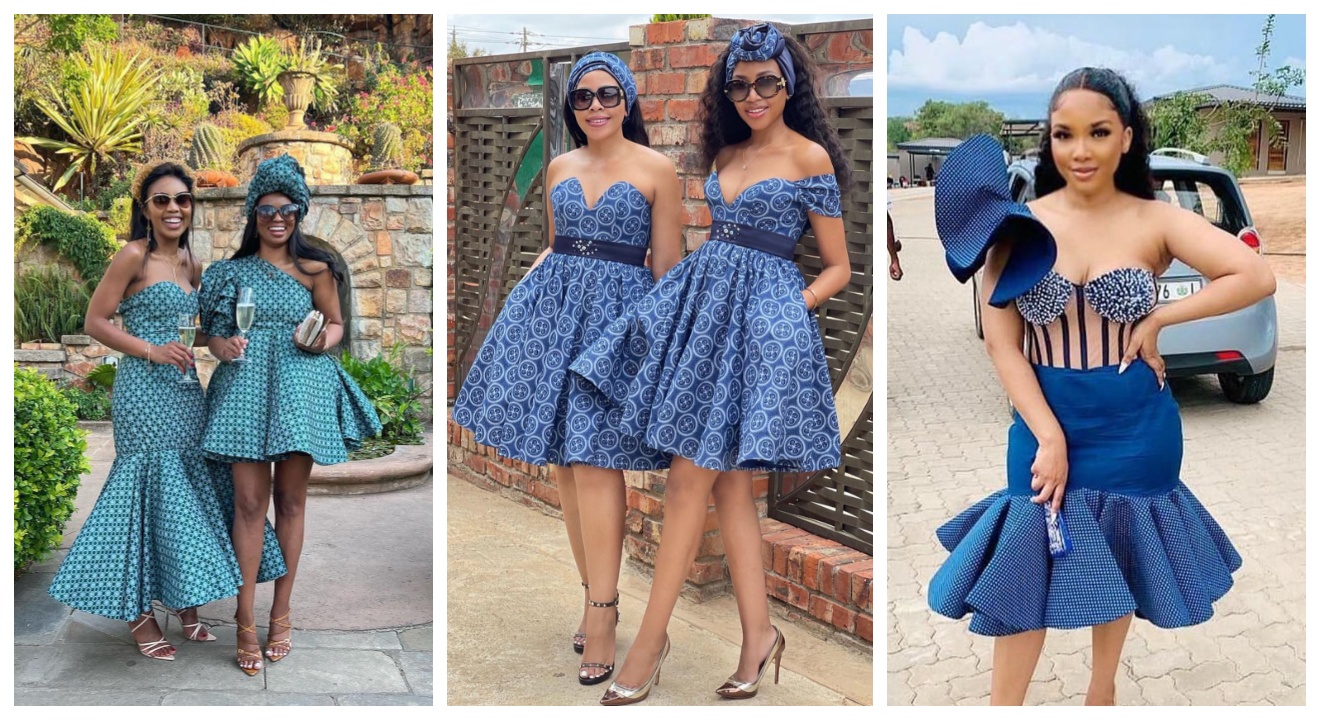
Introduction
The Tswana culture is rich in traditions and customs that are celebrated and cherished by its people. One of the most beautiful aspects of this culture is the traditional dresses worn by Tswana women. These dresses not only showcase the beauty of the Tswana heritage but also serve as a powerful expression of identity and tradition.
The significance of Tswana culture
The Tswana culture holds great importance in Botswana, where it is the largest ethnic group. It is a culture deeply rooted in respect for elders, community values, and a strong sense of belonging. Celebrating Tswana culture helps to preserve these traditions and serves as a reminder of the strength and resilience of the Tswana people.
Traditional dresses as an expression of Tswana identity
Traditional Tswana dresses are known for their vibrant colors, intricate designs, and attention to detail. These dresses are not just garments; they are a visual representation of Tswana identity. By wearing these dresses, Tswana women proudly connect with their heritage and display their cultural pride. The dresses symbolize unity, beauty, and the timeless traditions that have been passed down through generations.
In conclusion, traditional Tswana dresses play a vital role in celebrating the beauty and significance of the Tswana culture. They serve as a visible link between the past and present, showcasing the resilience and richness of this vibrant cultural

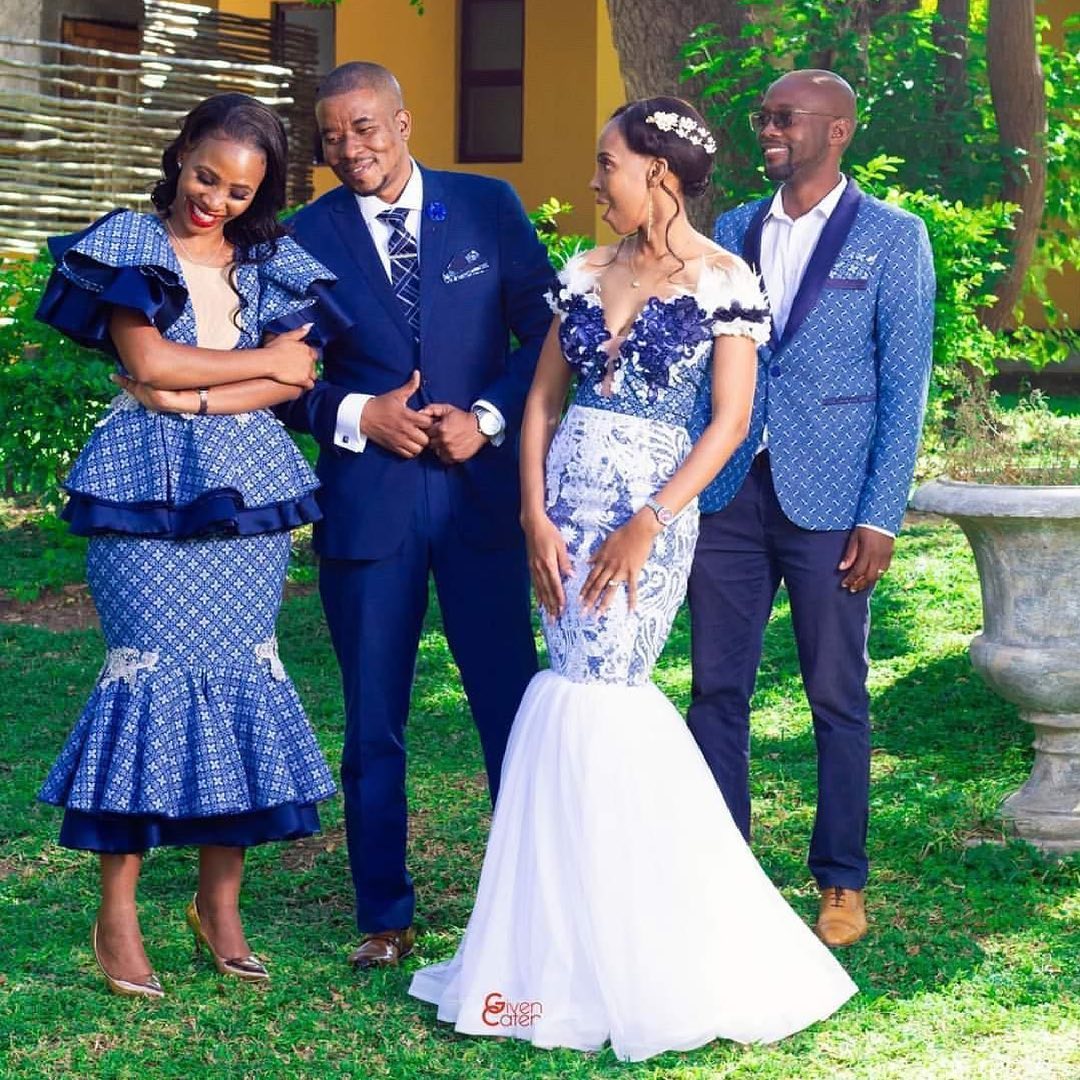
History of Tswana Traditional Dresses
Tswana traditional dresses hold a significant place in the rich cultural heritage of Botswana. These dresses are not just pieces of clothing; they represent a connection to the past, celebrate tradition, and showcase the beauty of Tswana culture.
Origins and evolution of Tswana traditional dresses
The origins of Tswana traditional dresses can be traced back to the indigenous people of Botswana. These dresses were initially made from animal skins and natural materials, depicting the survival and resourcefulness of the Tswana people. Over time, these dresses have evolved and now feature vibrant colors, intricate beadwork, and unique patterns.
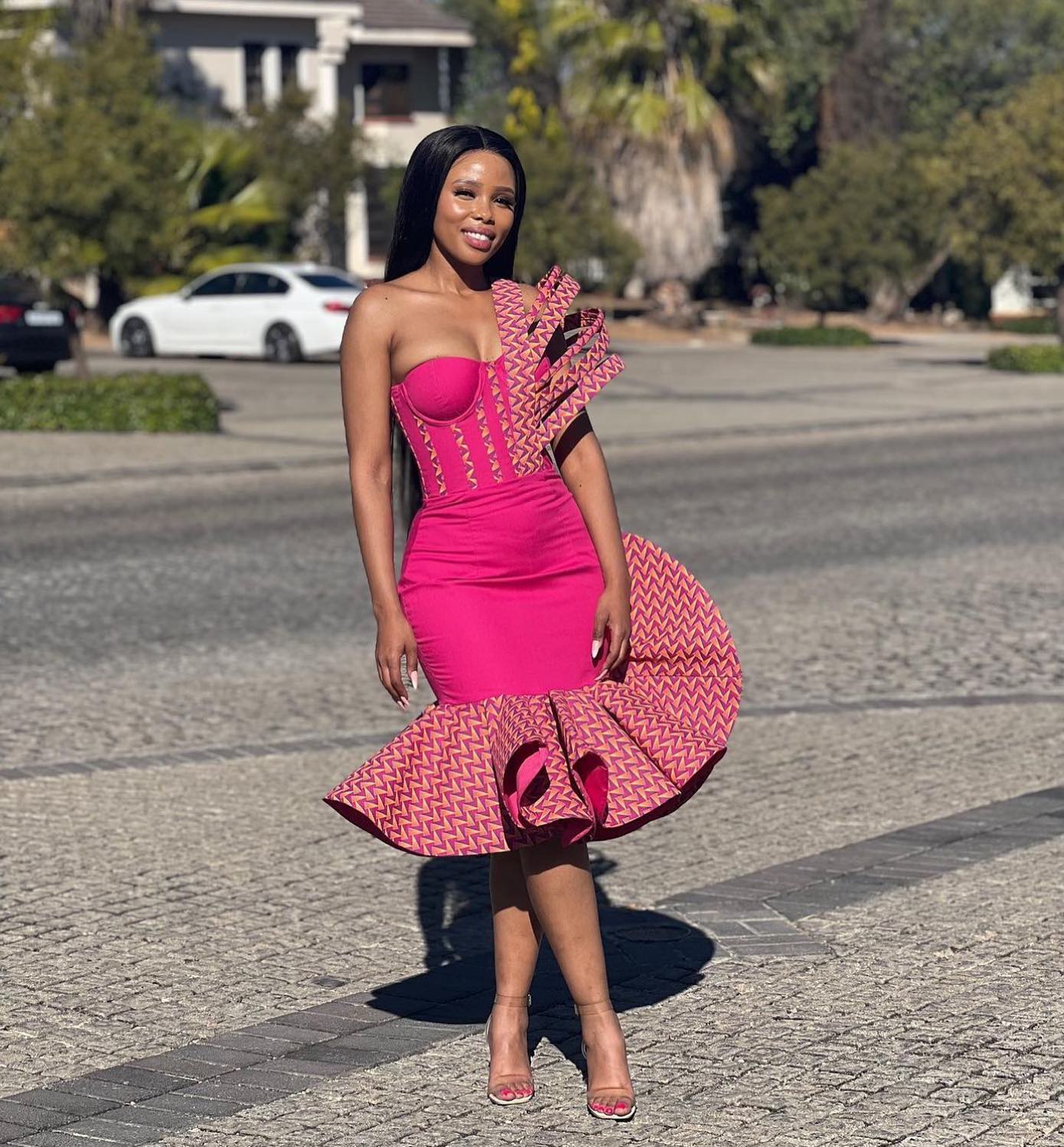
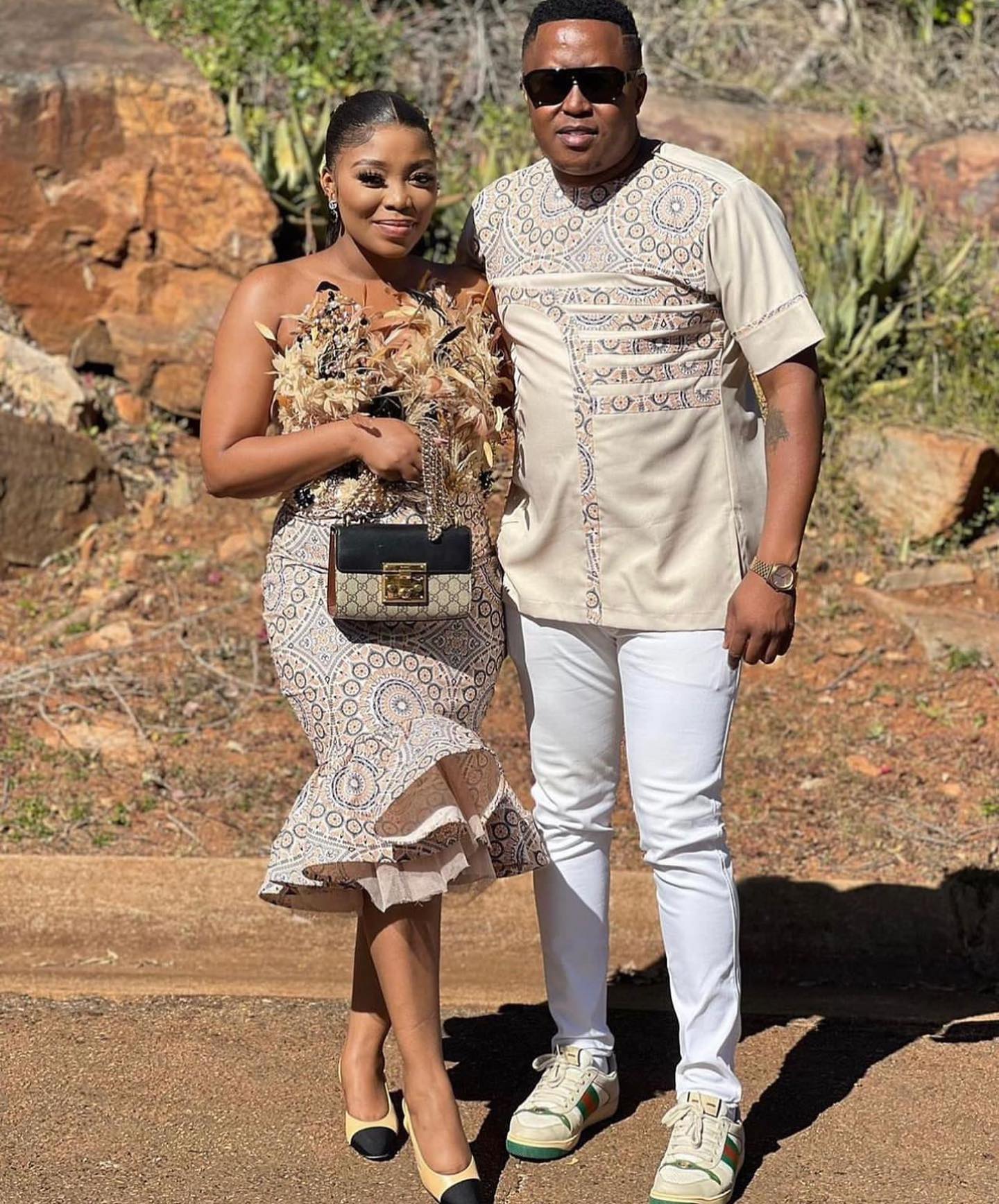
Influence of colonialism and modernization
During the colonial era, the introduction of Western clothing had an impact on the traditional dress of the Tswana people. However, instead of completely abandoning their cultural attire, they incorporated elements of Western fashion into their traditional dresses, creating a unique fusion that reflects both their heritage and modern influences.
Today, Tswana traditional dresses continue to be worn during special occasions such as weddings, festivals, and cultural events. They serve as a symbol of pride and identity for the Tswana people, reminding them of their roots and preserving their cultural traditions for future generations.
Types of Tswana Traditional Dresses
Tswana culture is known for its rich heritage and vibrant traditions. One of the most striking aspects of the culture is the traditional dresses worn by the Tswana people. These dresses are not only beautiful but also hold significant cultural value.
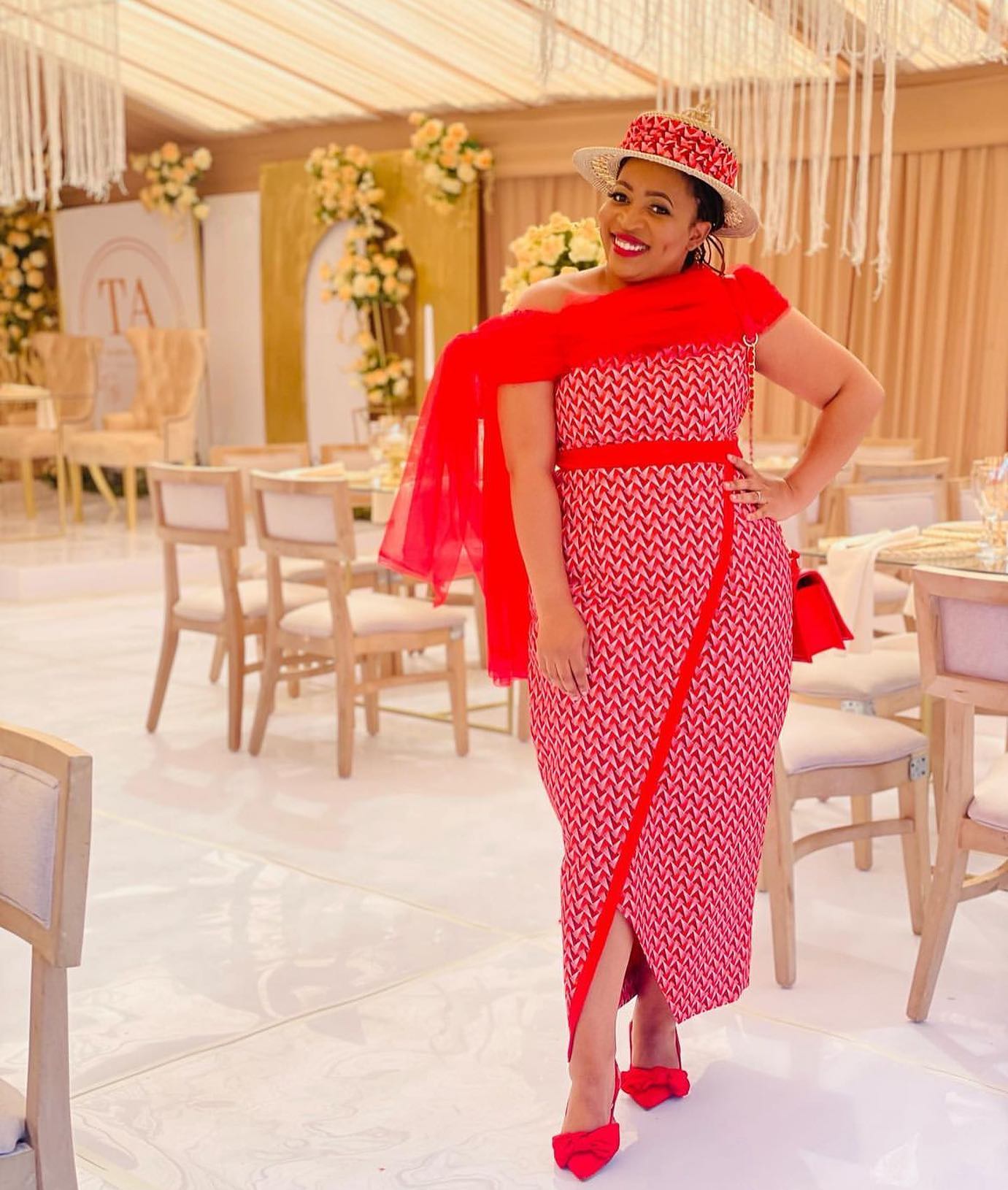
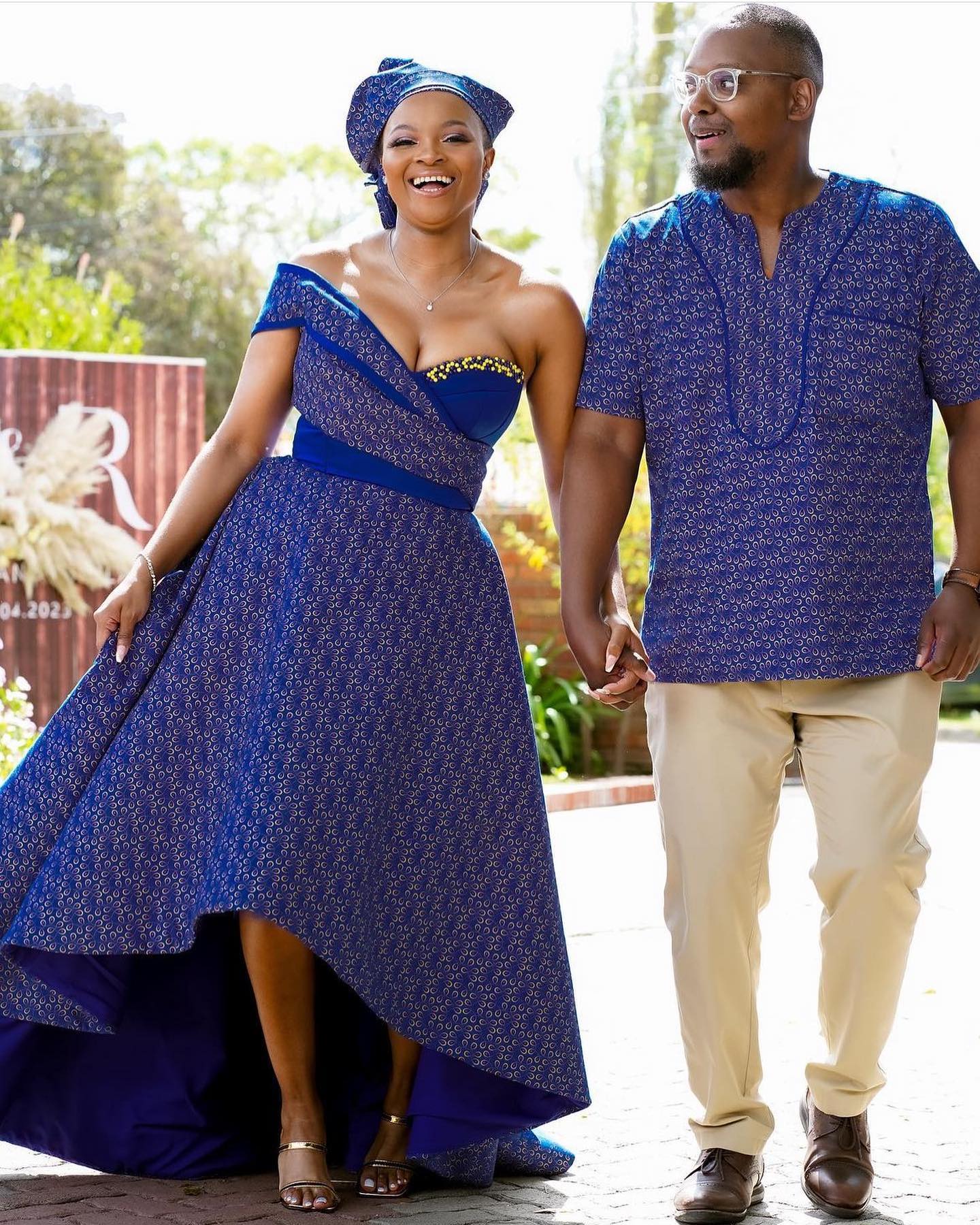
Mokgonyana
Mokgonyana is a popular Tswana traditional dress worn by women. It is characterized by its colorful patterns and intricate beadwork. The dress is often accompanied by a headscarf, known as a doek, which adds to the overall elegance of the outfit.
Seana Marena
Seana Marena is another traditional dress that showcases the artistic skills of the Tswana people. It features bold and vibrant colors, as well as unique embroidery designs. This dress is typically worn on special occasions like weddings or cultural celebrations.
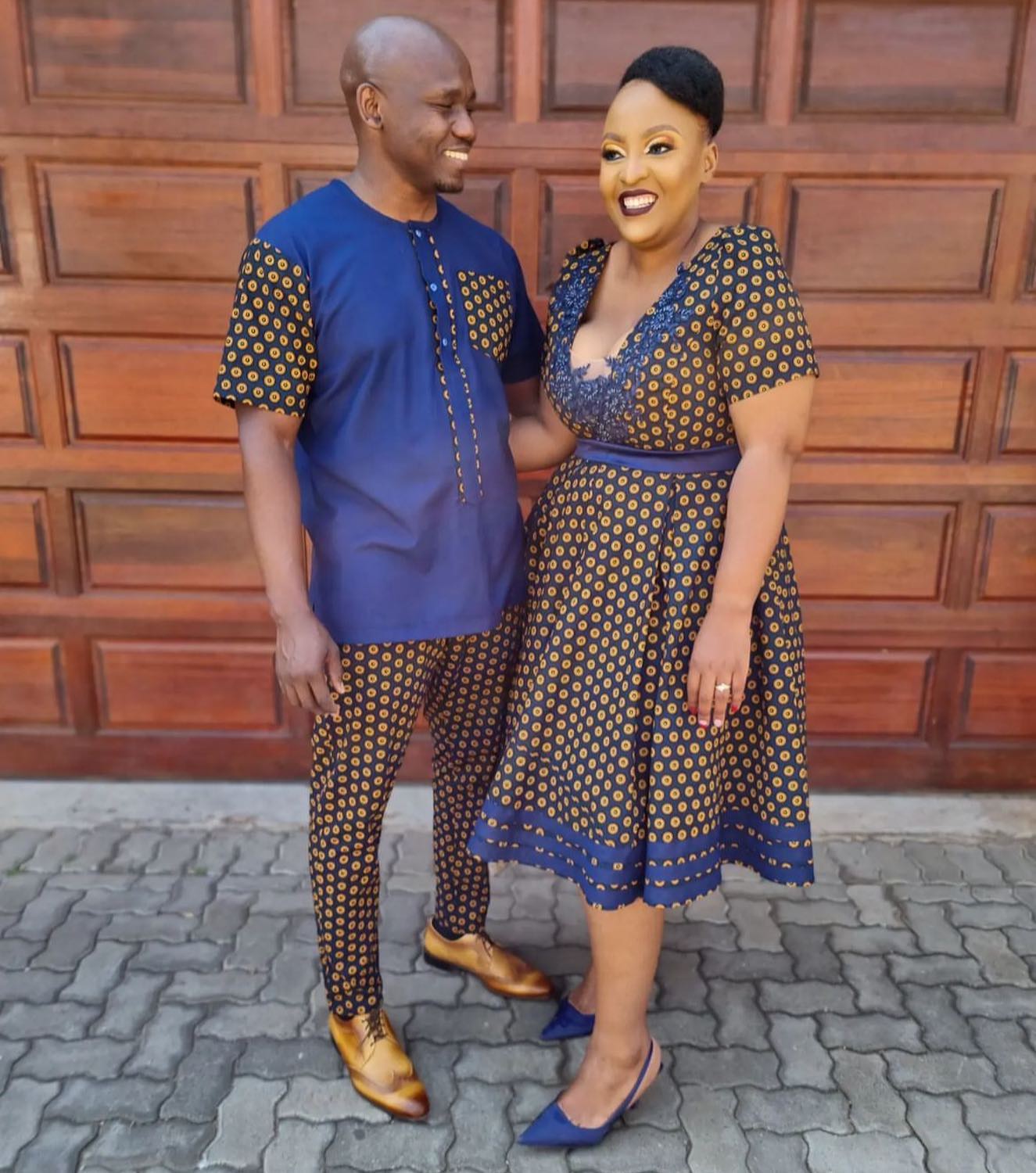

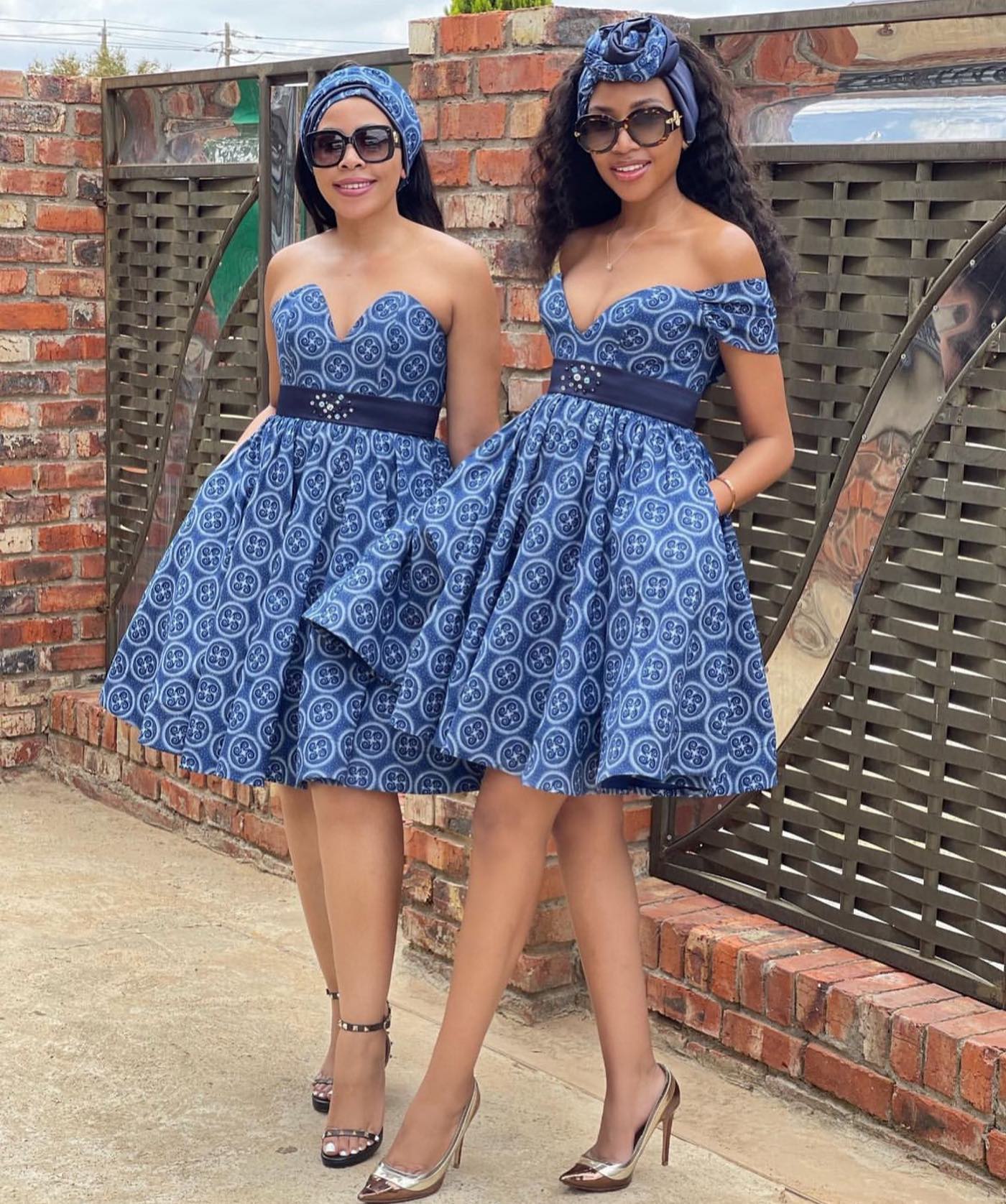
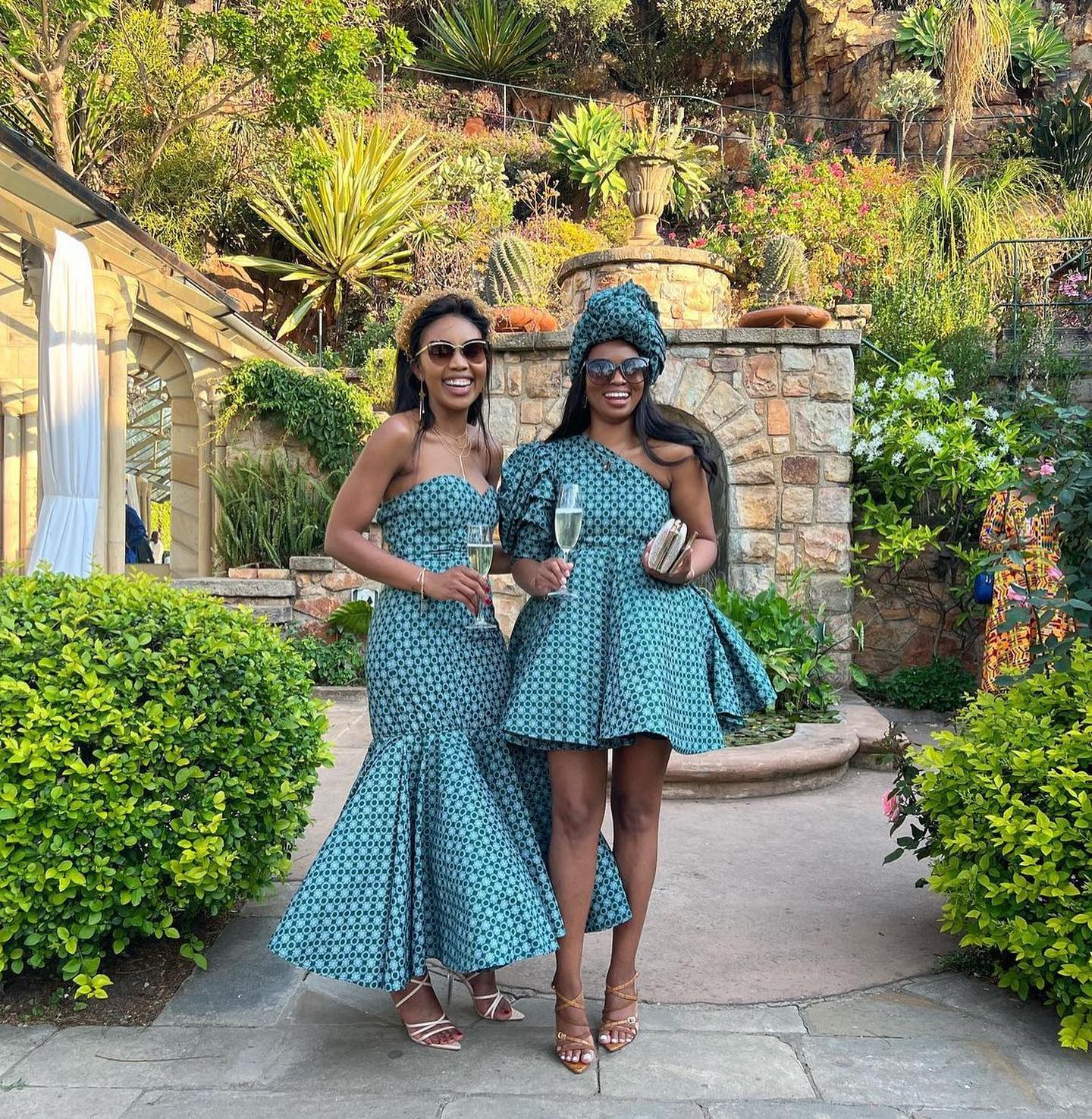
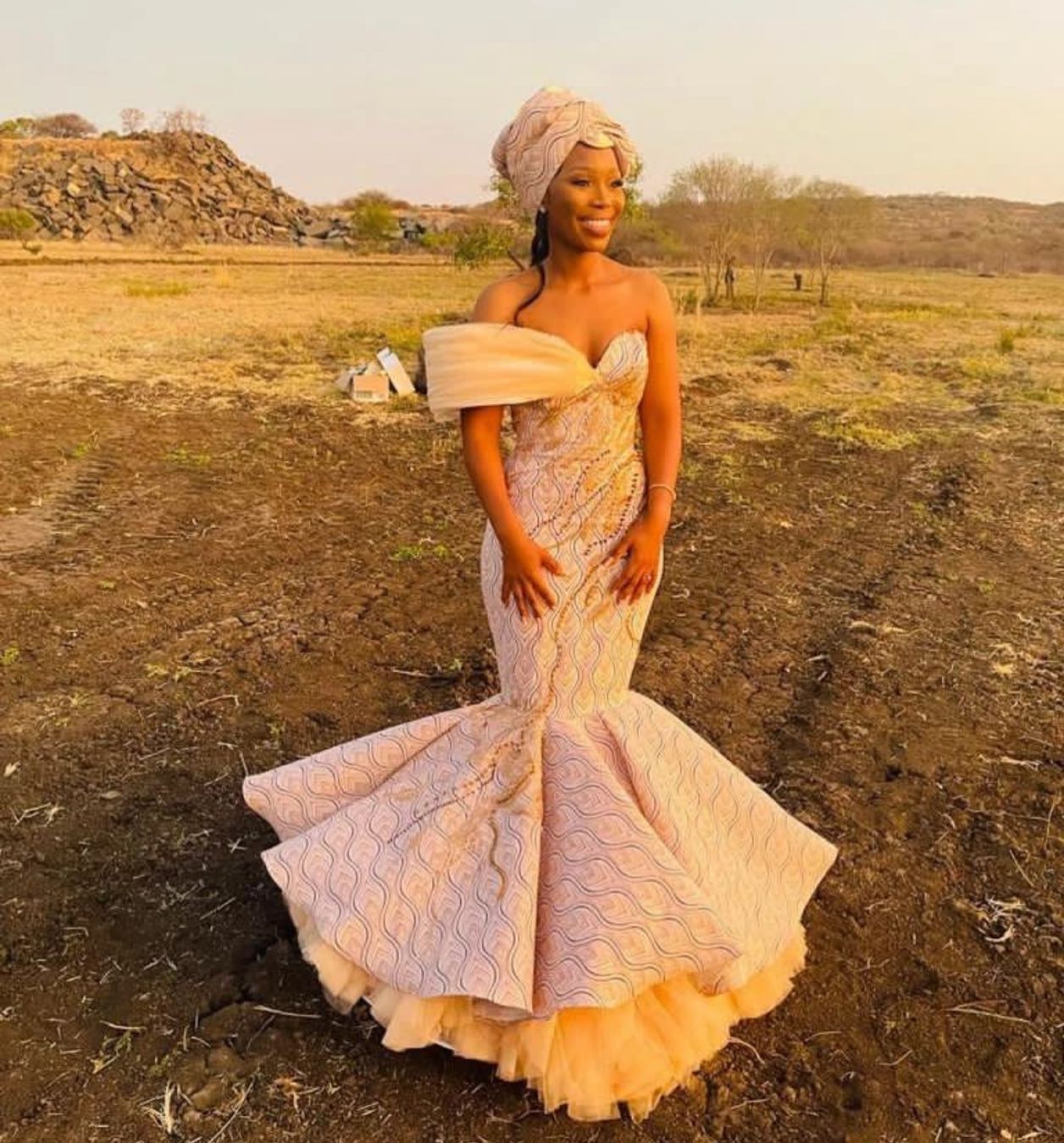
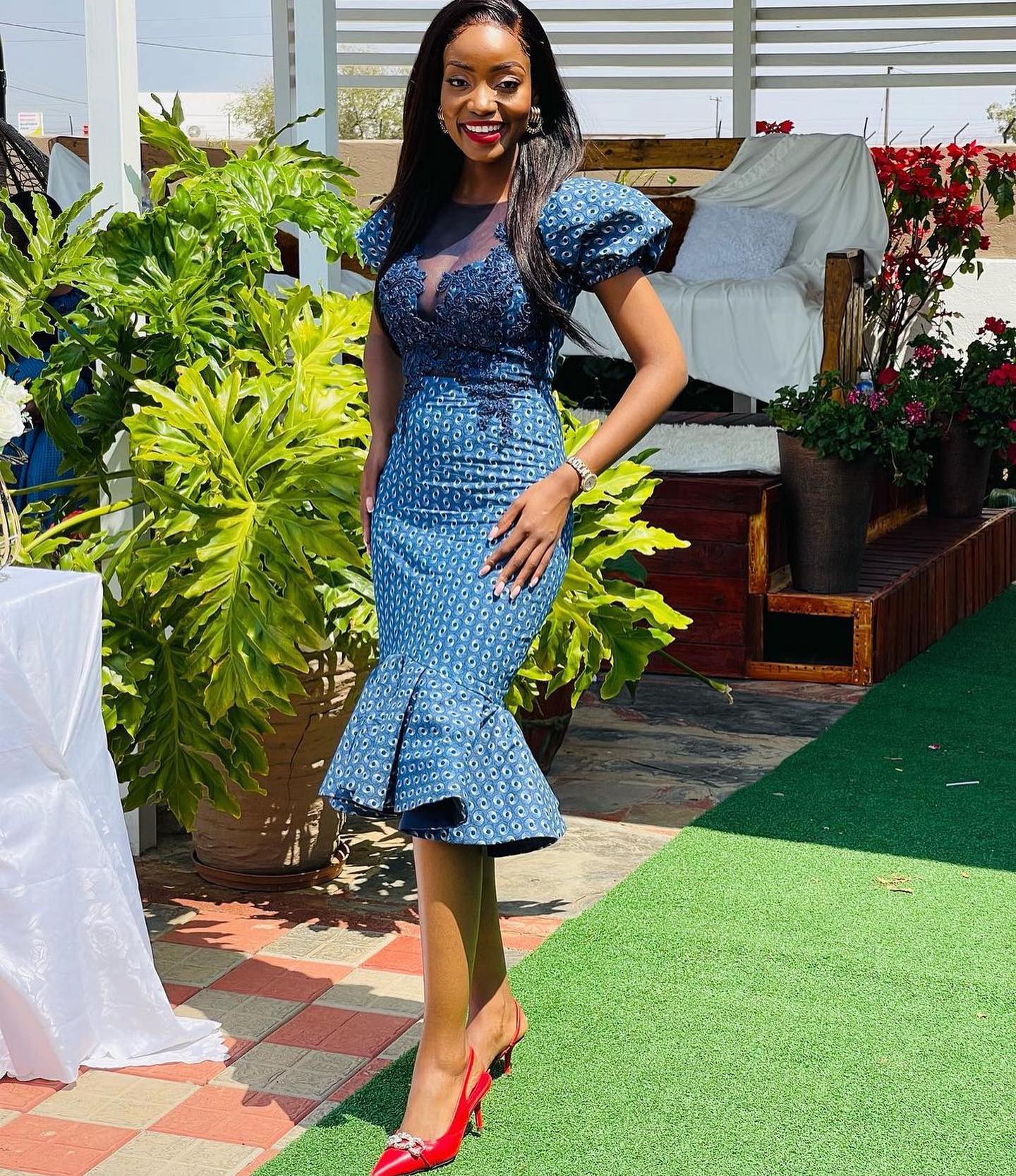
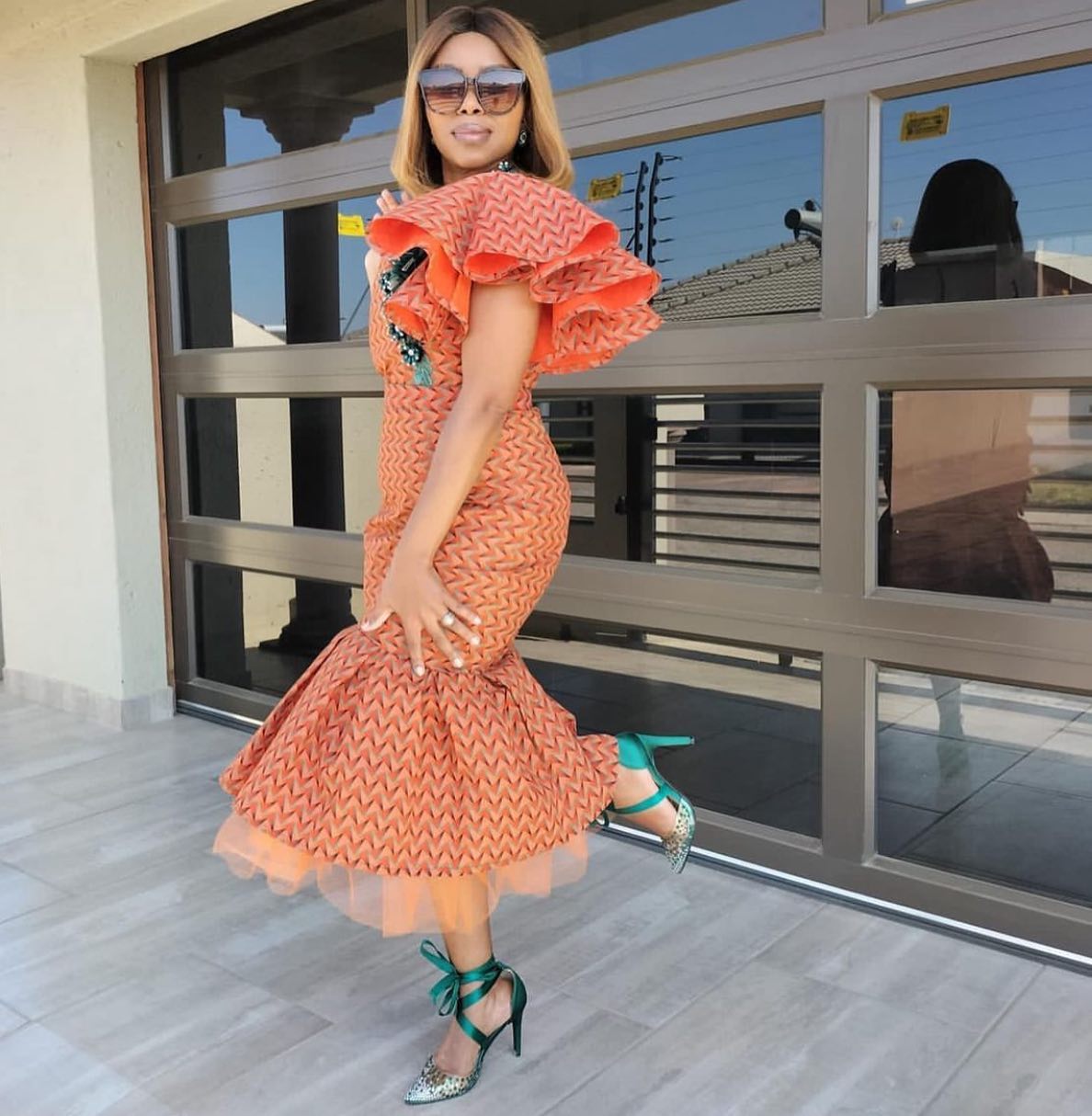
Thobega
Thobega is a more modern take on Tswana traditional dresses. It combines elements of Western fashion with traditional Tswana designs. The dress usually has a fitted bodice and a flared skirt, creating a flattering silhouette for women.
Setso sa Borankana
Setso sa Borankana is a traditional dance costume worn during festive events and ceremonies. It consists of a long skirt, a matching top, and colorful accessories like beaded belts and necklaces. The outfit reflects both the beauty and pride of Tswana culture.



Sepedi traditional dresses
While not exclusive to the Tswana culture, Sepedi traditional dresses are also worn by some Tswana women. These dresses are known for their stunning beadwork and intricate designs. They often feature bright colors and geometric patterns that symbolize different aspects of Sepedi culture.
The beauty of Tswana traditional dresses lies in their ability to showcase the rich cultural heritage of the Tswana people. They are not just garments; they are symbols of identity, pride, and tradition.
Colors and Patterns in Tswana Traditional Dresses
Tswana traditional dresses are known for their vibrant colors and striking patterns. These dresses play a significant role in celebrating the beauty of Tswana culture and heritage.

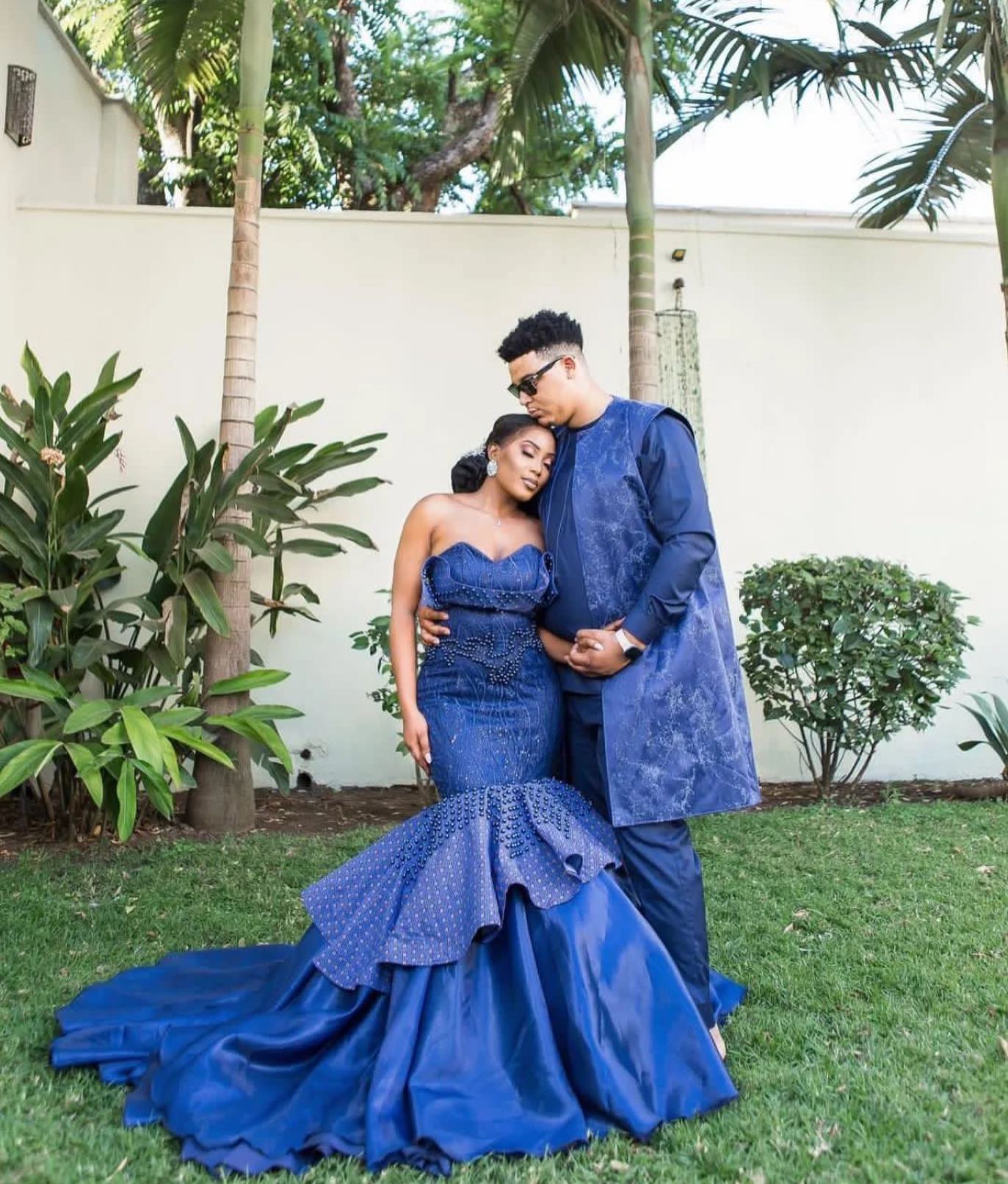
Symbolism and meaning behind colors and patterns
Each color and pattern in Tswana traditional dresses holds a special meaning. Here are some common symbols and their significance:
- Blue: Represents purity, peace, and love. It is often associated with calmness and tranquility.
- Red: Symbolizes passion, strength, and energy. It is a color often worn by women during celebrations and ceremonies.
- Yellow: Represents warmth, happiness, and fertility. It is believed to bring good luck and fortune.
- Patterns: Tswana traditional dresses feature intricate designs such as zigzags, diamonds, or geometric shapes. These patterns symbolize unity, spirituality, and the interconnectedness of life.
The beauty of Tswana traditional dresses lies not only in their colors and patterns but also in the stories they tell about the rich cultural heritage of the Tswana people. These dresses are not just garments; they are an expression of identity and a celebration of tradition.
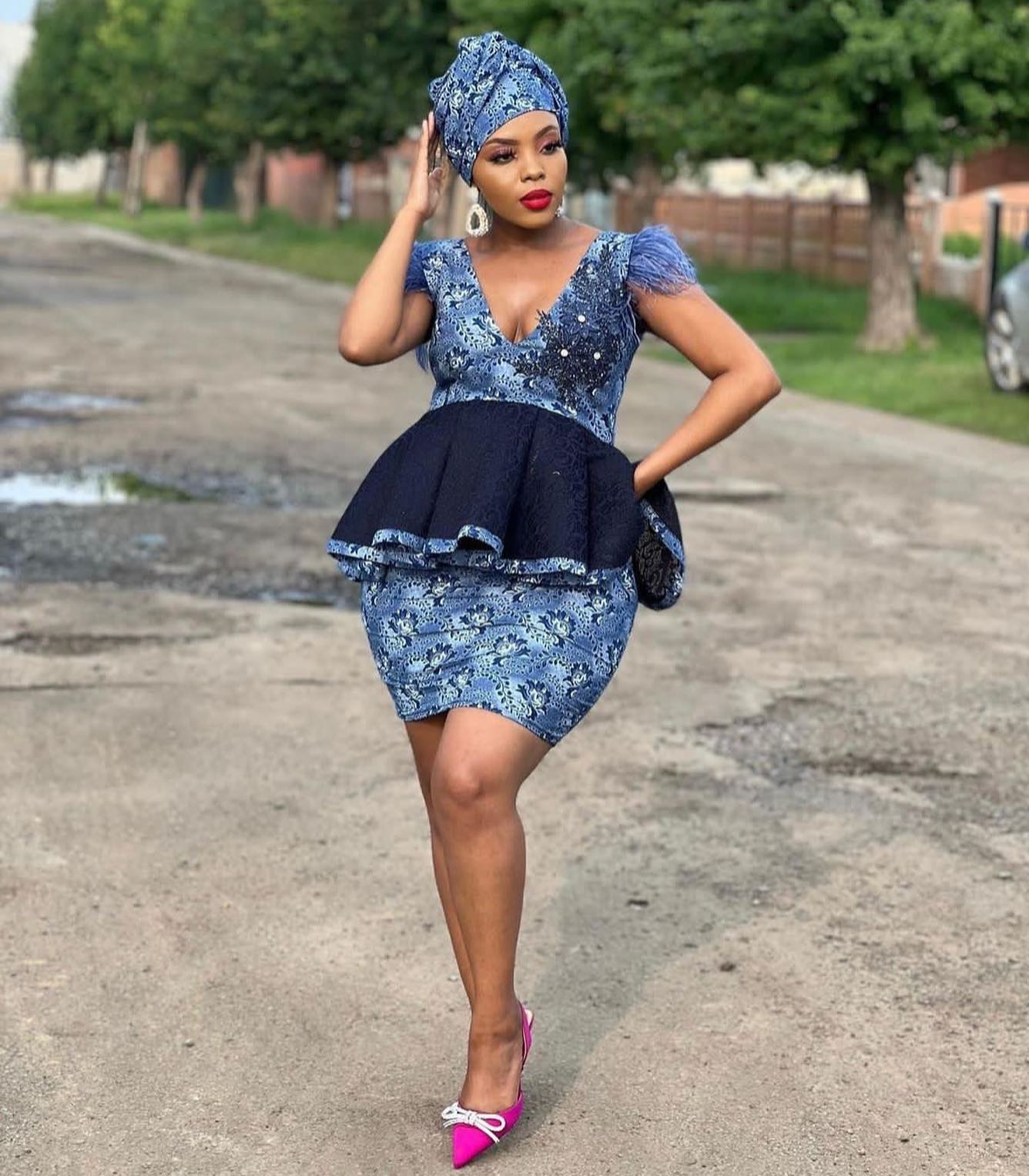
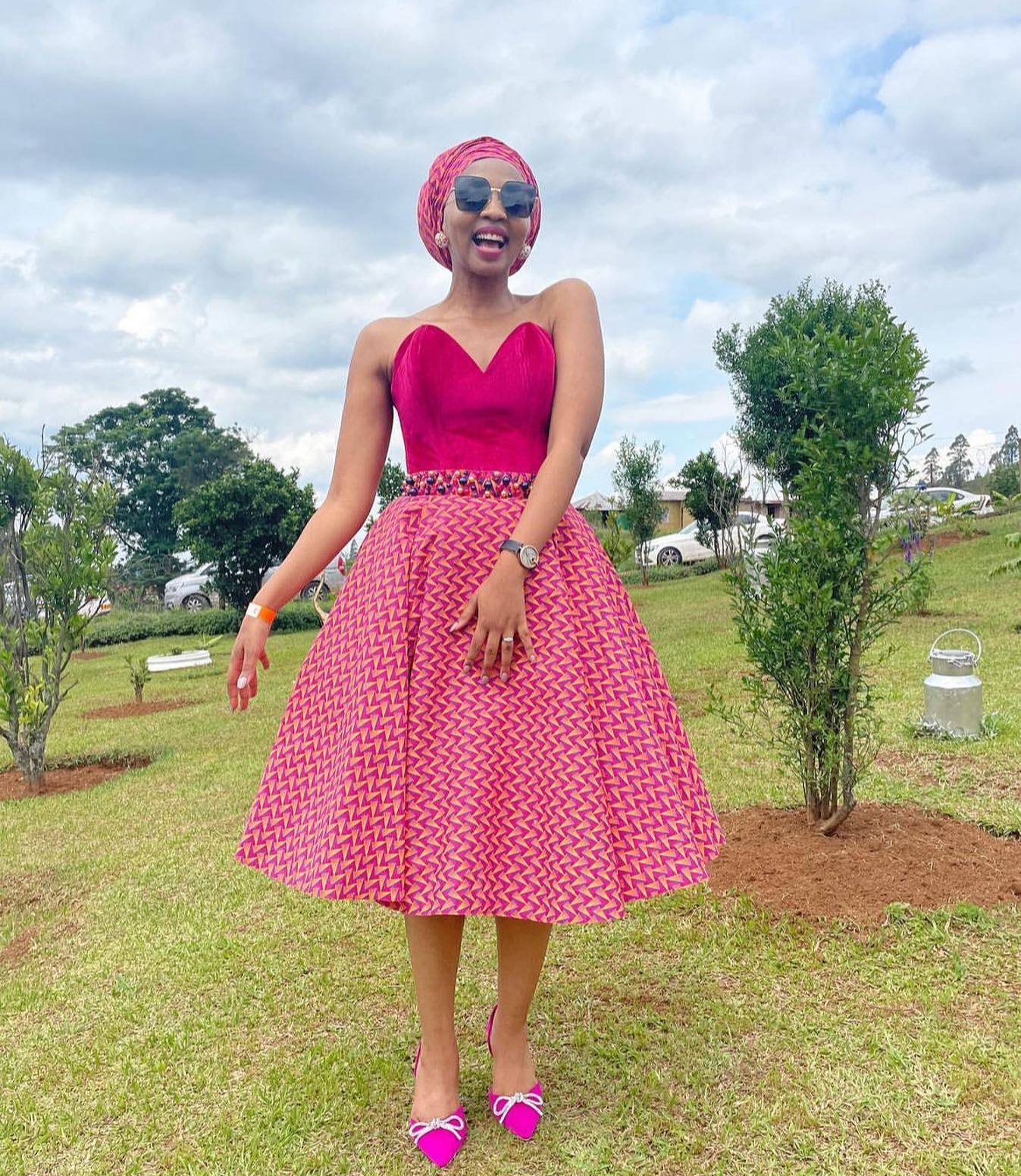
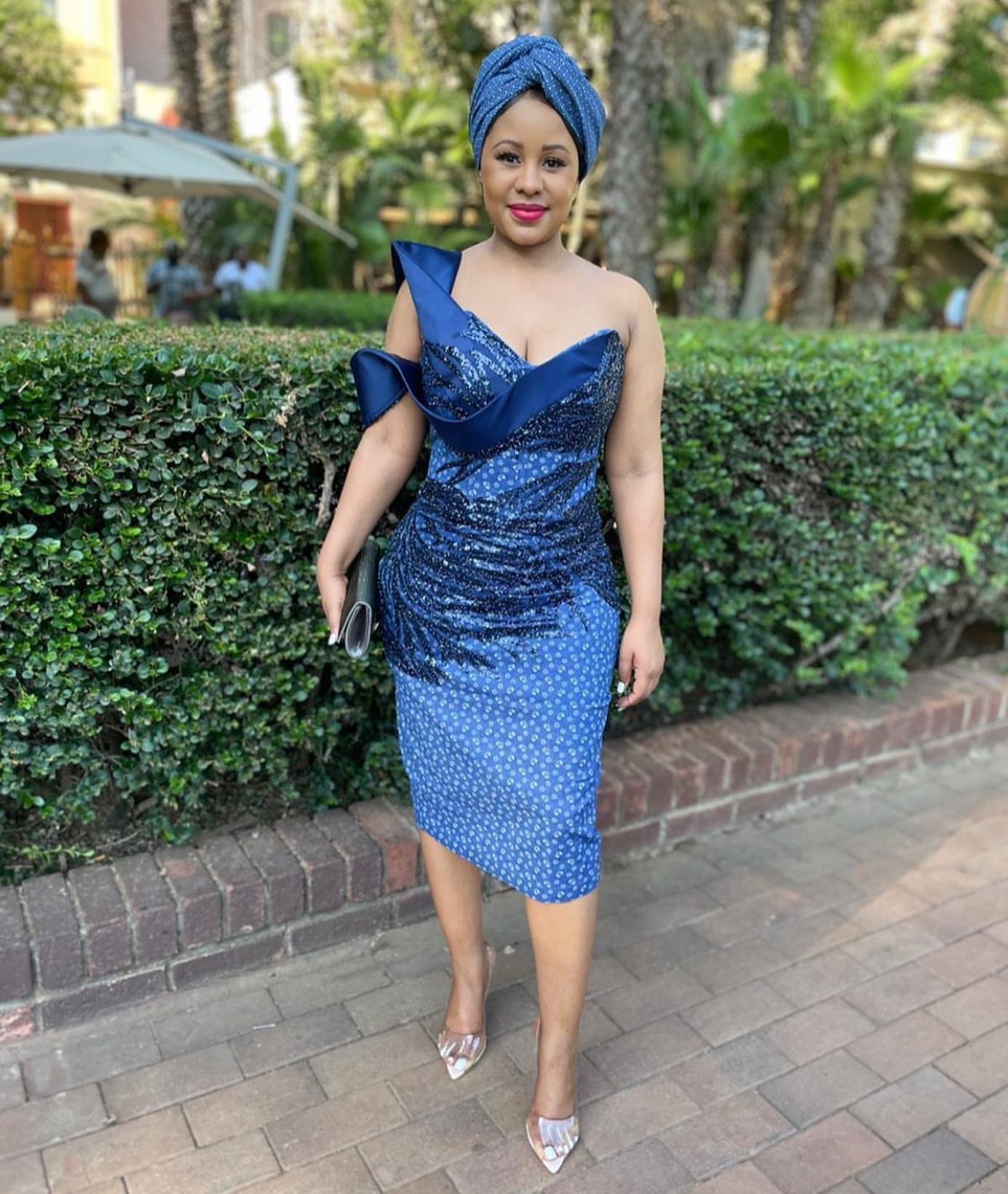
Comments are closed.